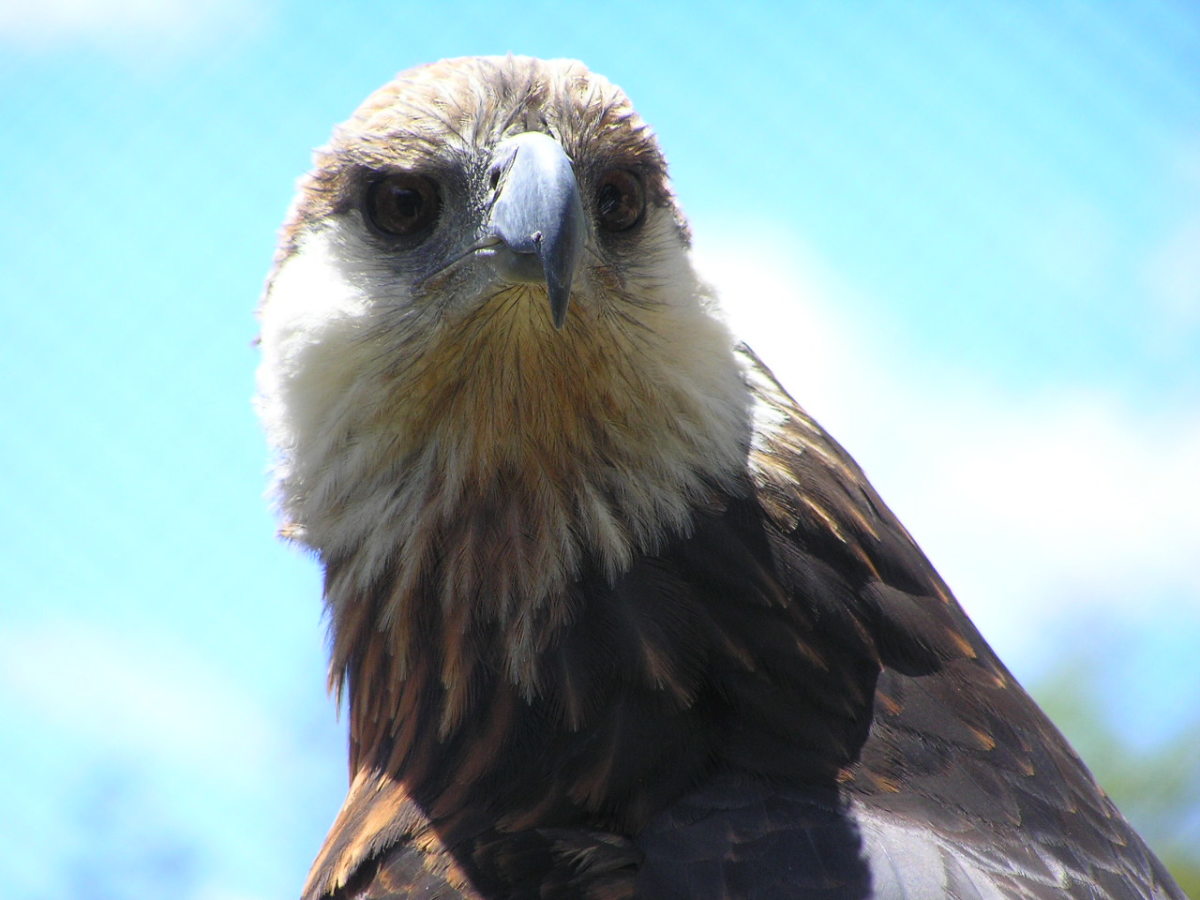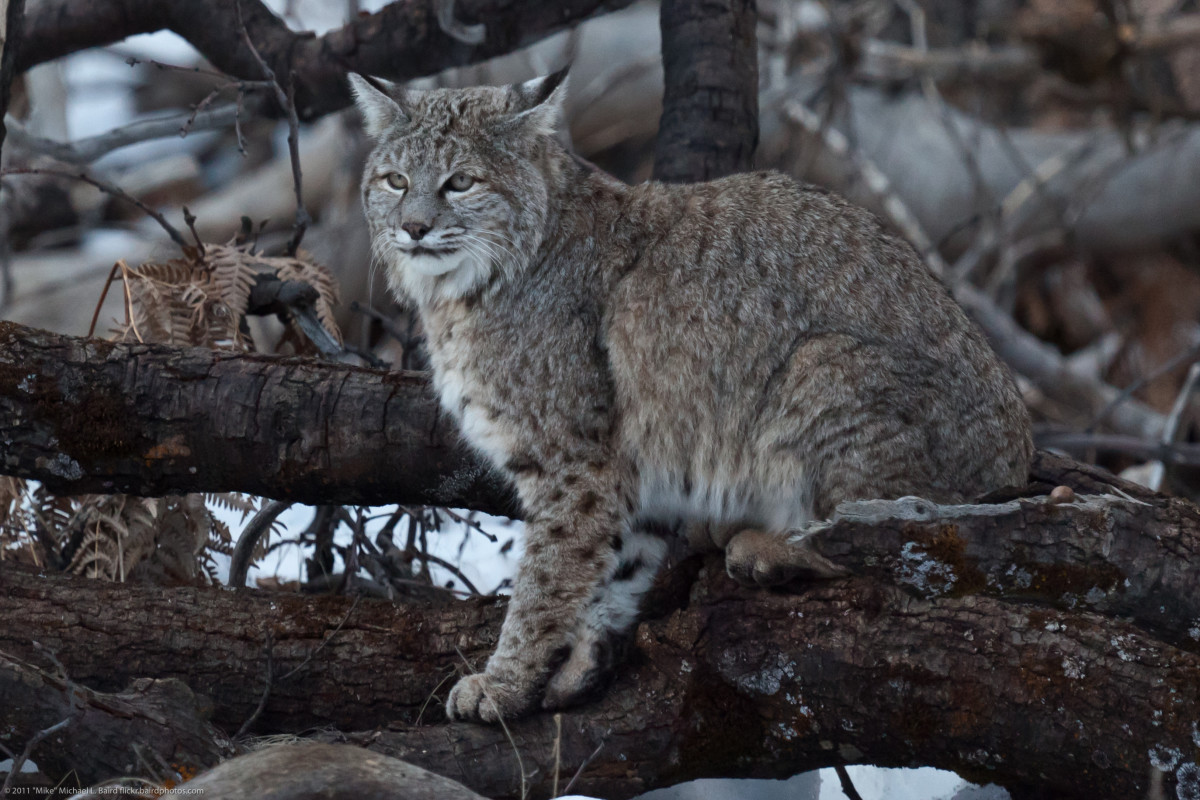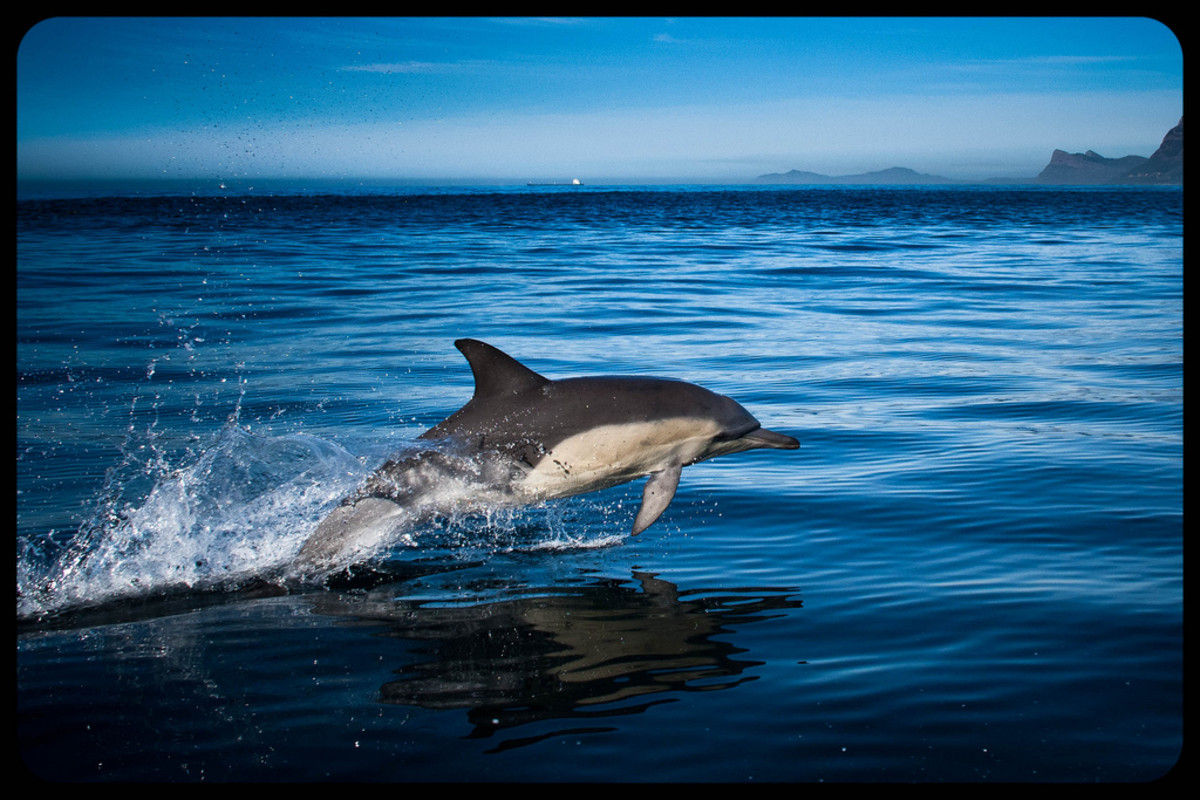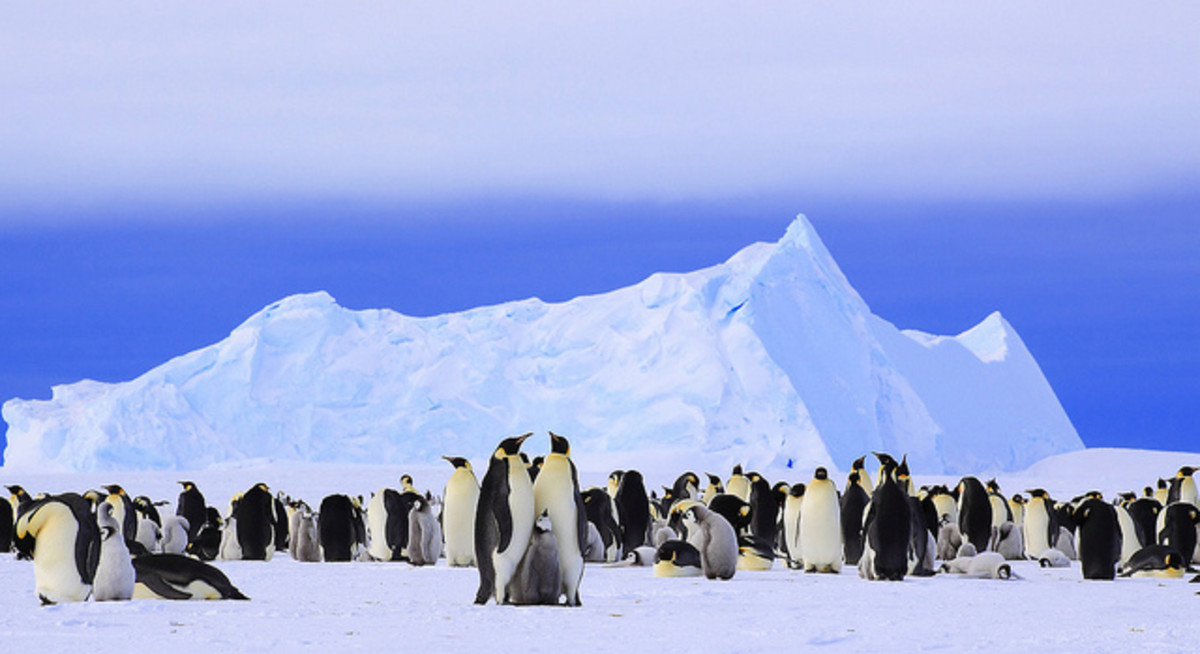River Dolphins of the World
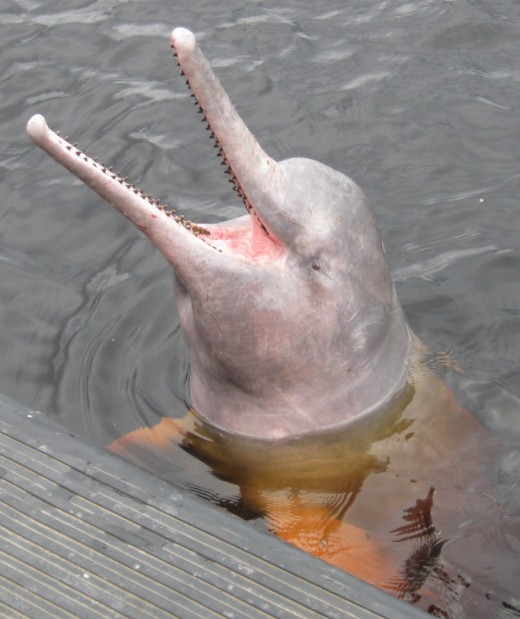
There are four different species of river dolphins throughout the world:
- Amazon river dolphin
- South Asian river dolphin
- La Plata dolphin
- Yangtze river dolphin
The Amazon river dolphin, or boto, is the largest river dolphin in the world, with males weighing as much as 400 pounds. There are two additional subspecies: The Araguaian river dolphin and the Bolivian river dolphin, which inhabit different river systems in South America.
The South Asian river dolphin can be found in the nations of Pakistan, India, Nepal and Bangladesh on the Indian sub-continent. There are Ganges River and Indus River subspecies.
The La plata dolphin can live in brackish and saltwater as well as in rivers. It lives along the Atlantic coast in southern Brazil, Uruguay and northern Argentina.
The Yangtze River dolphin, also known as the baiji, is now believed to be extinct.
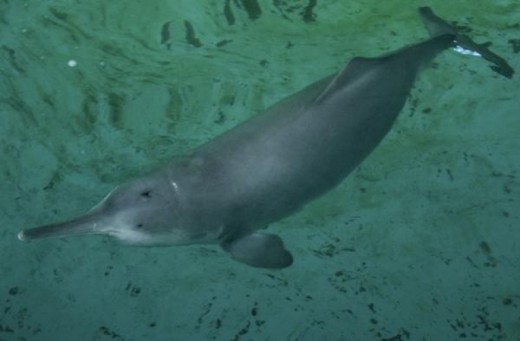
Evolution
River dolphins evolved independently from local saltwater dolphins, so they are more closely related to ocean going dolphins in their region than they are to each other. Because they have adapted to similar environments (rivers), they look similar. Common characteristics of all river dolphins include:
- Small size: The ocean going bottlenose dolphin can be as long as 13 feet and weigh up to 1,400 pounds. By contrast, the boto is the largest river dolphin, a little over 8 feet long with a weight just over 400 pounds. The La Plata dolphin is under six feet long and weighs around 100 pounds.
- Long thin beaks: Compared to saltwater dolphins, the beaks of river dolphins are thinner and longer, as a percentage of body length. For the La Plata dolphin, its beak can be 15% of its body length.
- Poor eyesight: River dolphins typically live in muddy rivers where sight is not very useful for locating prey. Instead, they rely on echolocation.
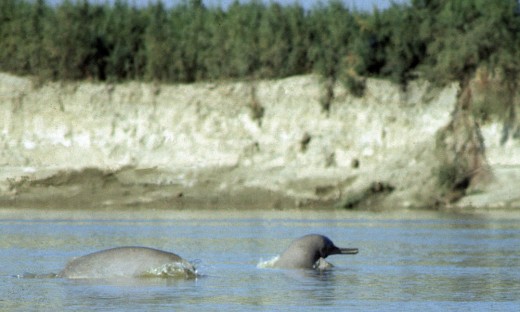
Conservation Status
River dolphin populations are vulnerable due to the fact that they are restricted to a very limited number of river systems. If these rivers become polluted or otherwise become unsuitable habitat, an entire river dolphin species could become extinct. Also, populations can be broken up by waterfalls, very shallow sections of river, or dams.
Amazon river dolphins are in good shape, with a population in the tens of thousands. La Plata dolphins are also numerous, with an estimated population of forty thousand, based on aerial surveys. Other river dolphins are not doing so well.
The south Asian river dolphin, is considered endangered, and conservation efforts are needed. It has small but viable populations. When a survey was performed in 2001, The Indus River subspecies numbered about 1,100 dolphins, split into five different populations by dams. Reserves have been created, and hunting has been banned. Also, animals which become stranded in shallow water or irrigation canals are rescued and transported to deeper water. Estimates of the current Ganges River dolphin population are slightly less than 2,000. In 1982, the population in Indian alone was estimated to be in the four to five thousand range.
The Chinese river dolphin is now believed to either be extinct, or the population has dropped so low and scattered that extinction is unavoidable. In the 1950s there were an estimated 6,000 baijis. As China industrialized, their numbers dwindled, due to increasing pollution and river traffic. The Chinese government declared the baiji endangered in 1979, and in 1983 hunting it was banned. In 1986 the population was down to around three hundred. By 1997 the estimated population dropped to under 50 after a survey could find only 13 animals. In 2006 a six week survey was done by experts from around the world, using the most sophisticated technology available. They found no baiji, and an analysis of the water quality yielded stunning results:
"There is already no plankton to speak of in the Yangtze. We used a specialized plankton net to trawl the river for 10 hours and only caught two shrimp, which were less than one centimeter long. It's hard to imagine that fish could survive here, and with no fish the baiji will starve."
In 2007 video was taken of an animal in the Yangtze River which was believed to be a baiji, but no sightings have been made since.Conservation efforts for this species were too little, too late.
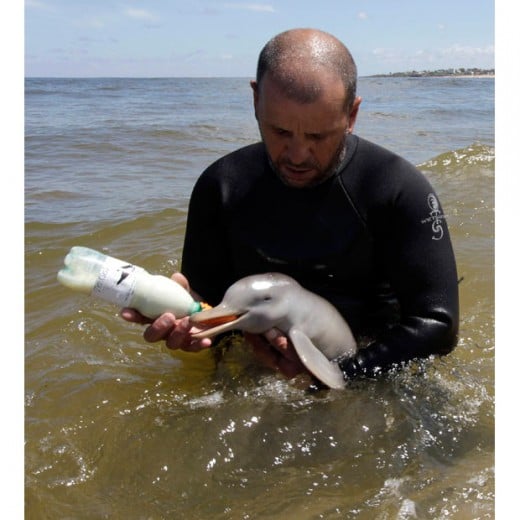
Sources
- Farewell to the baiji
- Rare Dolphin Seen in China - The New York Times
- Boto (Amazon River Dolphin) - American Cetacean Society
- Narrow-ridged finless porpoise species guide
- Amazon River Dolphins in Captivity
- Revisiting the Sad Story of the Baiji
- River dolphins - World Wildlife Fund
- MarineBio Conservation Society

